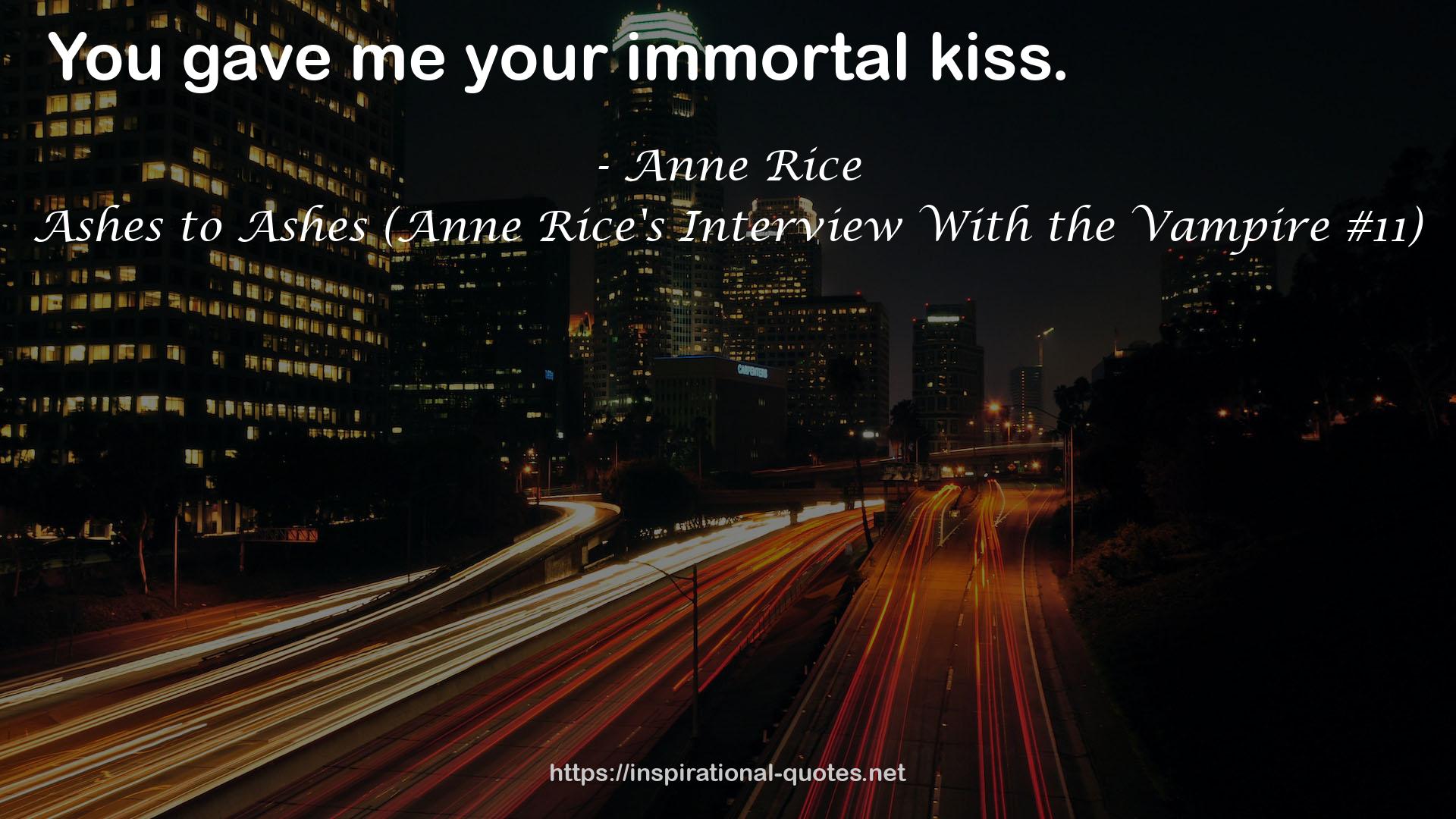Ashes to Ashes (Anne Rice's Interview With the Vampire #11) QUOTES
SOME WORKS
- Córka Czarownic
- Samotność bogów
- Let Me Finish: Trump, the Kushners, Bannon, New Jersey, and the Power of In-Your-Face Politics
- Consolation (Salvation, #3; The Consolation Duet, #1)
- Beloved (Salvation, #1; The Belonging Duet, #1)
- Conviction (Salvation, #4; The Consolation Duet, #2)
- Say You Want Me (The Hennington Brothers, #2)
- If I Only Knew (Second Time Around, #4)
- One Last Time (Second Time Around, #2)
- Say I'm Yours (The Hennington Brothers, #3)

